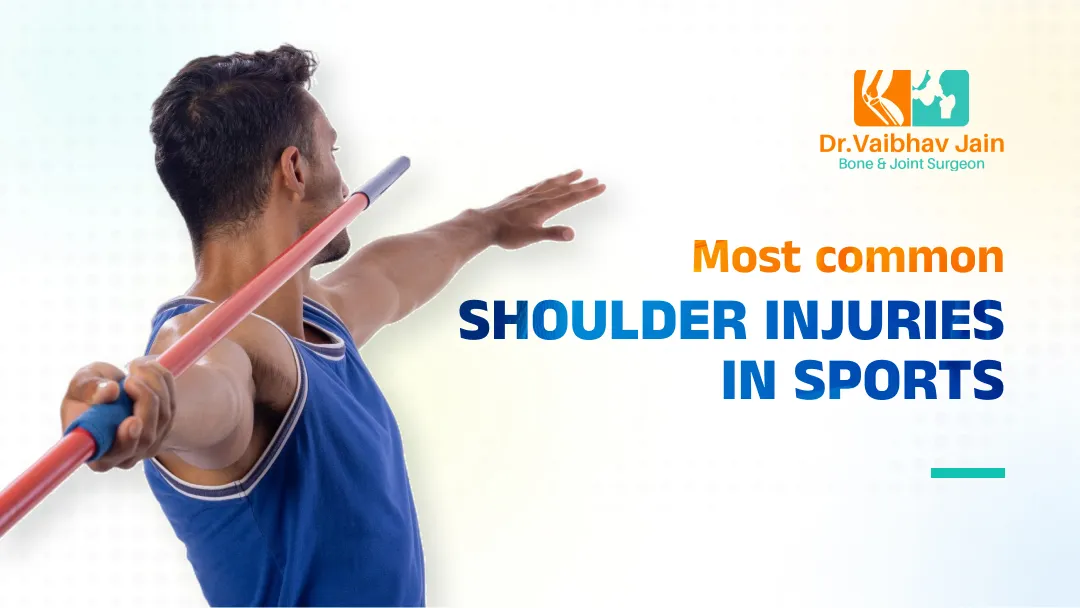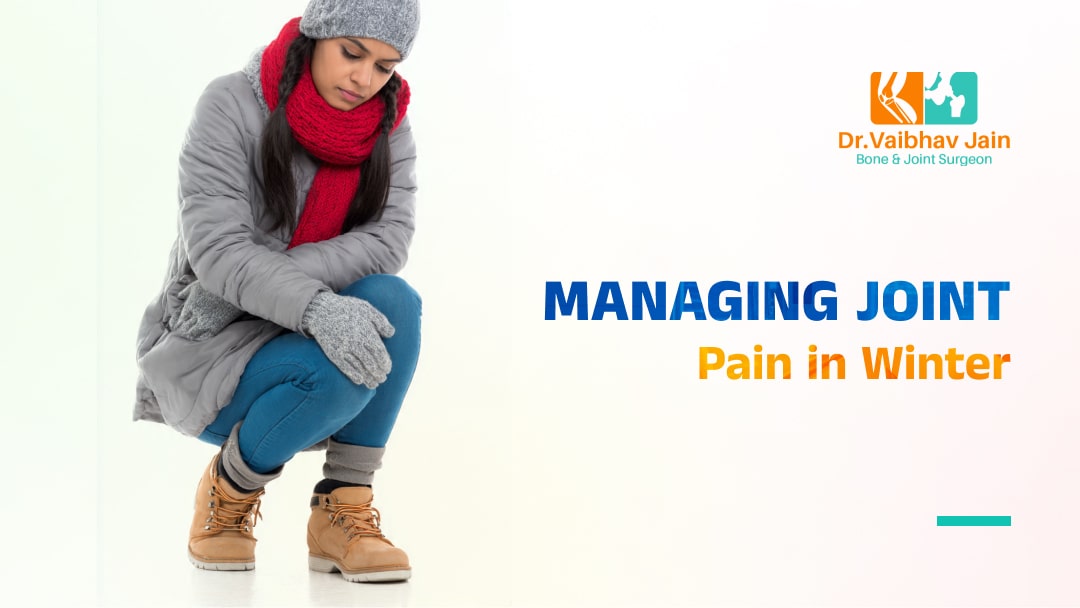1. Introduction
Overview of Common Shoulder Injuries
Athletes often get shoulder injuries because of how much they use their shoulders. Common shoulder injuries in sports include rotator cuff tears, shoulder dislocations, and labral tears. These injuries can make it hard to play and might need a lot of treatment to heal. Knowing about these injuries can help prevent them and manage them better.
Importance of Shoulder Health in Sports
Shoulder is very important in many sports. Because it helps with throwing, hitting, and lifting. Athletes need a strong and flexible shoulder to play their best and avoid injuries.
2. Anatomy of the Shoulder
Structure of the Shoulder Joint
The shoulder joint made up of three main parts. The humerus (arm bone), the scapula (shoulder bone), and the clavicle (collarbone). Together, these parts help your shoulder move in several directions. The shoulder also contains muscles and tendons that help with movement and stability.
Role of the Shoulder in Sports Activities
In sports, the shoulder helps you throw, hit, and lift. It needs to be strong and flexible so you can move your arms free. And perform well in activities like baseball, basketball, and swimming. Keeping your shoulder healthy is important for playing sports and avoiding injuries.

3. Most Common Shoulder Injuries in Sports
| Injury | Description |
|---|---|
| Shoulder Sprain | Stretch or tear in shoulder ligaments. |
| Bicep Sprain | Stretch or tear in the bicep muscle. |
| AC Shoulder Joint Injury | Includes dislocated and separated shoulders. |
| Ligament Tears | Tears in the bands of tissue connecting bones. |
| Cartilage Tears | Tears in the cushion inside the shoulder. |
| SLAP Tears | Tears in the top part of the shoulder labrum. |
| Articular Cartilage Tears | Tears in the smooth tissue covering the bones. |
| Rotator Cuff Injuries & Inflammation | Damage or swelling in the group of muscles around the shoulder. |
| Shoulder Impingement | Shoulder tendons are pinched, causing pain. |
| Frozen Shoulder | Stiffness and pain in the shoulder, making movement hard. |
| Clavicle Fracture | Broken collarbone. |
| Shoulder Arthritis | Pain and swelling in the shoulder joint due to arthritis. |
| Shoulder Instability | Shoulder feels loose or like it might pop out. |
4. Famous athletes with shoulder injuries
A. Rotator Cuff Tears
Definition and Causes A rotator cuff tear happens when the muscles and tendons in your shoulder get hurt. It can be caused by an accident or by doing the same movements too many times, like throwing a ball over and over.
Symptom of Rotator Cuff Tears
| Symptom | Description |
|---|---|
| Pain | Shoulder pain, especially when moving it. |
| Difficulty Lifting Arm | Trouble lifting the arm. |
| Weakness | Feeling weak in the shoulder. |
Common Sports Associated with Rotator Cuff Tears
| Sport | Associated Injury | Why |
|---|---|---|
| Baseball | Rotator Cuff Tear | Lots of throwing and swinging |
| Tennis | Rotator Cuff Tear | Frequent overhead shots |
| Swimming | Rotator Cuff Tear | Repetitive shoulder strokes |
Treatment and Prevention Tips
| Aspect | Details |
|---|---|
| Treatment | – Rest
– Physical therapy – Surgery (if needed) |
| Prevention Tips | – Warm up before playing
– Use proper techniques – Strengthen shoulder muscles with exercises |
B. Shoulder Dislocations
Definition and causes
Shoulder dislocation happens when the upper arm bone pops out of the shoulder socket. It can be caused by a fall, sudden impact, or extreme rotation of the shoulder.
Symptoms of Shoulder Dislocations
| Symptom | Description |
|---|---|
| Severe Pain | Intense pain in the shoulder area immediately after the injury. |
| Swelling | Swelling around the shoulder joint and upper arm. |
| Limited Movement | Difficulty or inability to move the shoulder normally. |
| Deformity | The shoulder may look out of place or appear deformed. |
| Bruising | Discoloration and bruising around the shoulder. |
| Numbness or Tingling | Sensations of numbness or tingling in the arm or hand. |
Common sports associated with Shoulder Dislocations
| Sport | Reason for Injury |
|---|---|
| Football | High-impact collisions and tackles can force the shoulder out of place. |
| Basketball | Jumping and sudden changes in direction can lead to shoulder dislocations. |
| Soccer | Direct contact with opponents or falling can cause dislocated shoulders. |
| Rugby | Physical contact and tackling often result in shoulder injuries. |
| Volleyball | Repeated overhead movements and falls can lead to shoulder dislocations. |
| Gymnastics | High-impact landings and twisting motions can dislocate the shoulder. |
Treatment and Prevention Tips for Shoulder Dislocations
Treatment:
- Rest: Avoid activities that strain or stress the shoulder.
- Ice: Apply ice to reduce swelling and numb pain.
- Medication: Take pain relievers as directed by your doctor.
- Physical Therapy: Engage in exercises to strengthen and stabilize the shoulder.
- Surgery: Consider surgery if the dislocation is severe or if other treatments don’t work.
Prevention Tips:
- Warm-Up: Always warm up before engaging in sports or physical activities.
- Proper Techniques: Use correct techniques and form to avoid dislocating the shoulder.
- Strength Training: Strengthen shoulder muscles to better support the joint.
- Protective Gear: Wear appropriate protective gear to reduce impact and risk.
- Avoid Overuse: Don’t push through pain or overuse the shoulder.
C. Shoulder Impingement Syndrome
Definition: Shoulder impingement syndrome happens when the tendons in your shoulder get squeezed or pinched. This can make your shoulder hurt and move less easily.
Causes:
- Doing the same overhead movements a lot, like in swimming or tennis.
- Bad posture, like slouching.
- Problems with the shoulder’s shape or structure.
Symptoms of Shoulder Impingement Syndrome
| Symptom | Description |
|---|---|
| Shoulder Pain | Pain in the shoulder, especially when lifting the arm or reaching overhead. |
| Limited Movement | Difficulty moving the shoulder fully or reaching out. |
| Pain at Night | Pain that worsens or keeps you awake at night. |
| Weakness | Feeling weak in the shoulder or arm. |
| Pain with Activities | Pain while doing activities like throwing or lifting objects. |
Common sports associated with Shoulder Impingement Syndrome
| Sport | Reason for Injury |
|---|---|
| Baseball | Frequent overhead throwing can lead to shoulder strain. |
| Tennis | Repeated overhead swings and serves put stress on the shoulder. |
| Swimming | Continuous arm movements in strokes can cause shoulder issues. |
| Volleyball | Repeated jumping and spiking can strain the shoulder. |
| Basketball | Frequent overhead shooting and passing can stress the shoulder |
Treatment and Prevention Tips for Shoulder Impingement Syndrome
Treatment:
- Rest: Give your shoulder a break from activities that cause pain.
- Ice: Apply ice packs to reduce swelling and pain.
- Pain Relievers: Take medicine like ibuprofen to help with pain.
- Physical Therapy: Do exercises to strengthen the shoulder and improve movement.
- Stretching: Stretch the shoulder muscles to help with flexibility.
- Avoid Overhead Movements: Try not to do actions that involve raising your arms too often.
Prevention:
- Warm Up: Always warm up before sports or exercises to prepare your shoulder.
- Use Proper Technique: Learn and use the right way to move and lift things.
- Strengthen Your Shoulder: Do exercises to make your shoulder muscles strong.
- Maintain Good Posture: Keep your shoulders and back straight when sitting or standing.
- Take Breaks: Rest between activities that stress your shoulders.
D. Labral Tears
Definition and Causes:
- Definition: A labral tear is when the labrum, which is cartilage in the shoulder joint, gets damaged. This cartilage helps keep the shoulder stable.
- Causes: This injury often happens due to:
- Shoulder Injuries: Direct hits or falls.
- Repetitive Activities: Repeated overhead motions.
- Sudden Impacts: Like a quick, forceful movement.
Symptoms of Labral Tears:
| Symptom | Description |
|---|---|
| Pain | Sharp or aching pain in the shoulder. |
| Clicking or Popping | Hearing or feeling a click or pop in the shoulder. |
| Weakness | Feeling weak in the shoulder or arm. |
| Limited Movement | Difficulty moving the shoulder fully or comfortably. |
Common sports associated with Labral Tears
| Sport | Reason |
|---|---|
| Baseball | Repeated throwing motions can stress the shoulder. |
| Football | Contact and tackling can cause shoulder injuries. |
| Swimming | Repeated overhead strokes can lead to labral tears. |
| Tennis | Frequent serving and overhead shots stress the shoulder. |
| Hockey | Physical play and collisions can damage the shoulder. |
Treatment and Prevention Tips for Labral Tears
- Rest: Stop doing activities that hurt your shoulder to help it heal.
- Physical Therapy: Do special exercises to make your shoulder stronger and more flexible.
- Medications: Take pain medicine from the store to help with pain and swelling.
- Ice Therapy: Put ice on your shoulder to reduce swelling and pain.
- Surgery: Sometimes, surgery is needed to fix a very bad labral tear.
- Warm-Up Properly: Always warm up your shoulders before playing sports or working out.
- Use Proper Techniques: Learn the right way to do sports to prevent shoulder problems.
- Strengthen Shoulder Muscles: Exercise regularly to make your shoulder muscles strong and avoid injuries.
- Avoid Overuse: Don’t make your shoulder work too much with repeated movements.
- Wear Protective Gear: Use the right gear to protect your shoulders during sports.
E. Acromioclavicular (AC) Joint Injuries
-
Definition and Causes
- Definition: An AC joint injury happens when the joint where your collarbone meets your shoulder blade gets hurt.
- Causes: It is often caused by a fall on the shoulder, a hit during sports, or lifting heavy weights.
-
Symptoms
- Pain on top of the shoulder
- Swelling around the AC joint
- Difficulty moving the shoulder
- A bump or lump on the top of the shoulder
-
Common Sports Associated with This Injury
- Football
- Hockey
- Rugby
- Wrestling
- Cycling
-
Treatment and Prevention Tips
- Rest: Avoid activities that hurt your shoulder to let it heal.
- Ice Therapy: Put ice on your shoulder to reduce pain and swelling.
- Medications: Take pain medicine to help with the discomfort.
- Physical Therapy: Do exercises to strengthen your shoulder and improve movement.
- Surgery: In severe cases, surgery might be needed to fix the injury.
- Wear Protective Gear: Use shoulder pads or other gear to protect your shoulder during sports.
- Warm-Up Properly: Always warm up your shoulder muscles before playing sports or exercising.
- Use Proper Techniques: Learn and use the correct ways to move and lift to avoid injuries.
F. Bursitis
-
Definition and Causes
- Definition: Bursitis is when the small, fluid-filled sacs (bursae) around your joints get swollen and painful.
- Causes: It can be caused by overusing a joint, repeated pressure, or an injury.
-
Symptoms
- Pain around the joint
- Swelling and redness
- Stiffness and difficulty moving the joint
-
Common Sports Associated with This Injury
- Tennis
- Baseball
- Football
- Basketball
- Running
-
Treatment and Prevention Tips
- Rest: Give the affected joint a break to help it heal.
- Ice Therapy: Apply ice to reduce pain and swelling.
- Medications: Take pain relievers to help with the discomfort.
- Physical Therapy: Do specific exercises to strengthen the muscles around the joint.
- Avoid Repetitive Stress: Try not to repeat the same movements too much.
- Use Protective Gear: Wear pads or other gear to reduce pressure on your joints during sports.
- Warm-Up and Stretch: Always warm up and stretch before playing sports or exercising.
Diagnosis and Treatment for Shoulder Injuries
| Diagnosis and Treatment | Description |
|---|---|
| Methods for Diagnosing Shoulder Injuries | |
| Physical Exam | The doctor checks your shoulder by feeling and moving it. |
| X-rays | Pictures of your shoulder bones are taken to see if there are any breaks or damage. |
| MRI | A special scan to look at the soft parts of your shoulder, like muscles and tendons. |
| Ultrasound | Uses sound waves to see the soft tissues in your shoulder. |
| Common Treatment Options | |
| Physical Therapy | Exercises to help your shoulder get stronger and move better. |
| Medications | Pills or creams to reduce pain and swelling. |
| Surgery | An operation to fix serious shoulder problems. |
| Role of Rehabilitation and Recovery | |
| Rehabilitation | Special exercises and treatments to help you get back to normal after surgery or injury. |
| Recovery | Time and care needed to heal and get back to doing your usual activities. |
Suffering shoulder injuries from sports?
Don’t let the pain stop you! See Dr. Vaibhav Jain at Vishwasth Clinic, Noida, for expert help and care. Start your journey to a pain-free shoulder – Contact us today!






